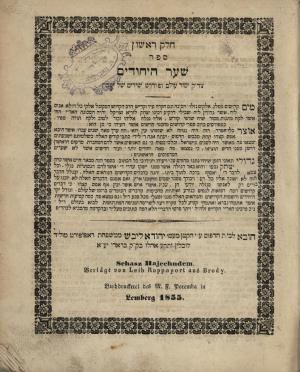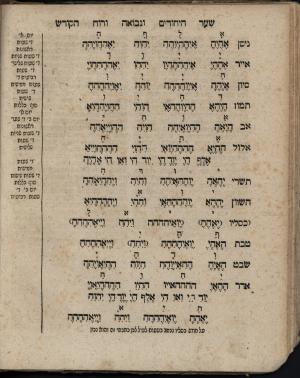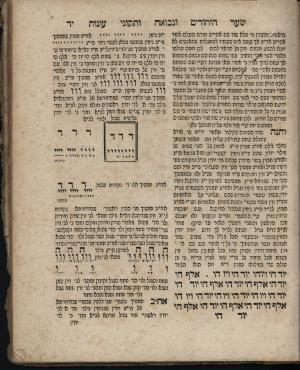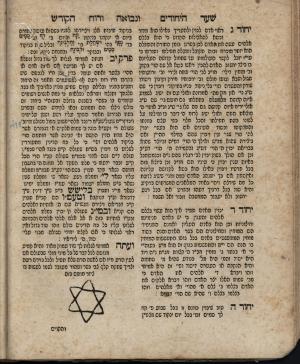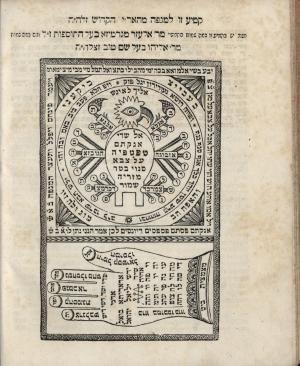Obj. ID: 36342
Jewish printed books Sha'ar ha-Yechudim by Chaim ben Yosef Vital, Lemberg, 1855
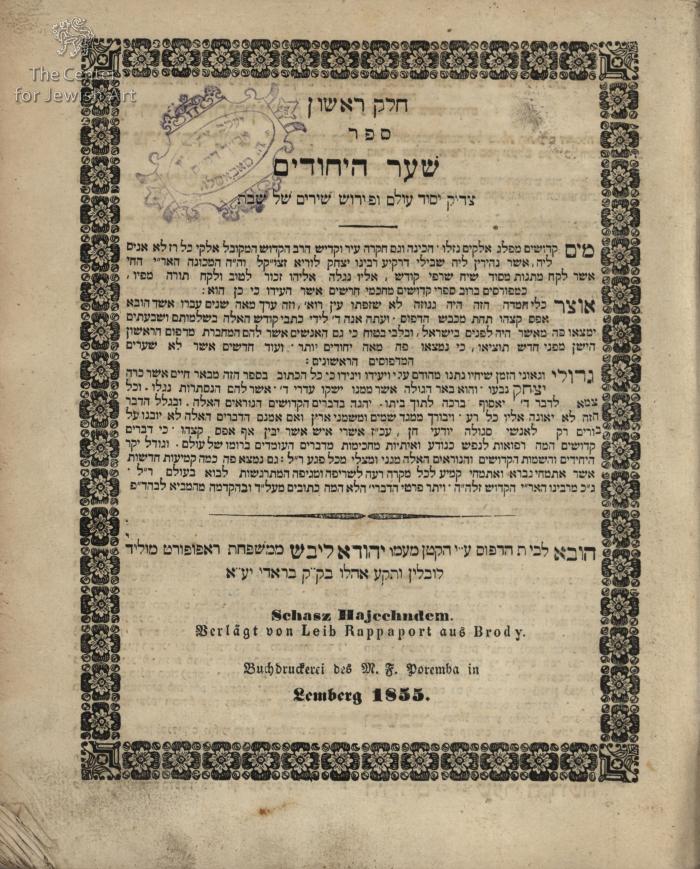
This text was prepared by William Gross:
Sha’ar HaYechudim by Rabbi Chaim Vital, replete with holy names and formulas for segula amulets for protection. These holy amulets were used by great leaders of his time. In his introduction, the publisher writes that he printed this sefer upon the directives of Rabbi Avraham Yaakov of Sadigura. He writes that Rabbi Avraham Yaakov of Sadigura purchased the amulets in the sefer for himself and for his holy brothers from the Ruzhin dynasty. The publisher also quotes a letter from the sons-in-law of Rabbi Meir of Premishlan attesting that their father-in-law purchased this sefer for its amulets.
It is written on the title page: “...The greatness of these yechudim and holy names... protect and save from every bad thing. Also found here are new amulets for any bad happening; for a fire or plague that may come upon the world...”
An amulet intended for times of plague is printed on page 32b.
Sefer Tzaddik Yesod Olam is printed at the end of this volume along with an explanation from the Ari on Megillas Ruth and more.
Published in Lemberg, 1855. [2], 44, 47-58 leaves
Kabbalistic works with texts for amulets, by Rabbeinu Yehudah Leibush Rappoport. [2] 44, 47-58 leaves, 22 cm.
Some of the works were printed here for the first time. On the title page: "First Part," but more were not printed. With kabbalistic sketches and copies of amulets. Large picture of an amulet for a plague from the holy Ar"i on page 32.
This book of Kabbalah was published in Lviv in 1855. It contains the first published image of an intricate amulet that is here presented as an amulet against plague. In suceeding decades the amulet was reprinted numerous time in both Eastern Europe and in Eretz Israel. Along the way it was converted into an amulet for the protection of a mother and new child and was copied after Jerusalem examples in countries in North Africa and the Middle East. There are many examples in the Gross Family Collection.
For a second copy of the book's amuletic page see 027.011.845.
Vital was born in Safed and studied in yeshivot there, especially under R. Moses Alshekh, his teacher in exoteric subjects. In 1564 he began to study Kabbalah, at first according to the system R. Moses Cordovero, and, later after R. Isaac Luria’s (Ari) arrival in Safed, under the latter, becoming the Ari’s principal disciple. After the Ari’s deat, R. Vital began to arrange the Ari’s teachings in written form, elaborating on them according to his own understanding, becoming the primary transmitter of the Ari’s teachings. R. Vital later moved to Jerusalem, serving as rabbi and head of a yeshivah from late 1577 to late 1585, where he wrote the last version of his presentation of the Lurianic system. In 1586 he returned to Safed, remaining there until 1592. In 1590 R. Vital was “ordained” as rabbi by his teacher R. Moses Alshekh, and then returned to Jerusalem in 1593 remaining several years, occasionally returning to Safed. His last move was to Damascus where he died. R. Vital was a prolific writer, his works encompassing Talmud, response, homilies, and even astronomy. R. Vital assembled his major writings into two vast works Ez ha-Hayyim and Ez ha-Da’at. The former is the inclusive name for all those writings in which he elaborated on the teaching of R. Isaac Luria. These works went through several versions and adaptations, for Vital began to arrange what he had heard from Luria immediately after his death, remained absorbed in this task for more than 20 years.


